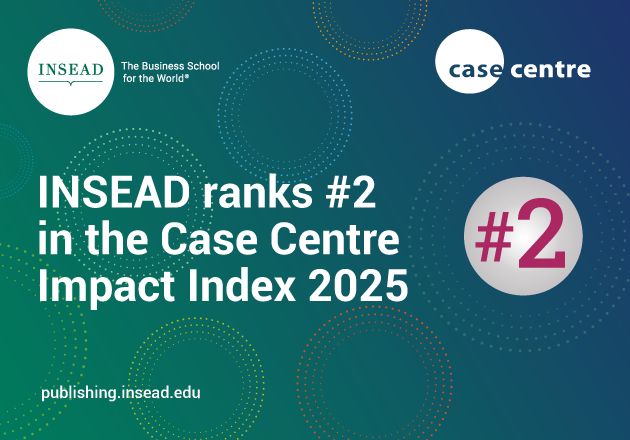WeWork has seen a decade of growth with a disruptive new service business model in a rapidly transforming industry: shared office space for start-ups (and increasingly for big companies) thanks to its understanding of workplace trends such as the ‘gig’ economy, the rise of millennials and Generation Z in the workforce, more collaborative office work and tech-enabled mobility of employees. It caters to freelancers and multinationals alike, all members of the ‘co-working’ community, as well as an ecosystem of likeminded entrepreneurs. The case allows discussion of customer-centricity in a B2B service context, and of how companies optimize – digitalize – the customer experiences by leveraging data. WeWork relies on analytics and artificial intelligence (AI) to mine data from its global customer base for insights and deep learning that feed into next-gen office design and usage. Customers perform a job-to-be-done analysis using a means-end ladder to understand how WeWork creates an outstanding customer experience in a competitive, commoditized market. The case offers learning about service blueprinting and customer journey mapping when designing new services and/or improving existing ones. To deliver on its customer promise WeWork integrates the key building blocks of a superior business model, for example, alliances with strategic partners secure unique resources and distinctive competences, achieving cost-effective service excellence. Discussion culminates in future growth avenues following a corporate rebranding and reorganization into three business units under the umbrella “We” brand.
Participants can reflect upon the following:
. Disruption and transformation by new business models in a B2B service industry, such as shared office space
. Arrive at ‘customer centricity’ by shifting from an inside-out focus (‘We rent office space’) to an outside-in perspective (i.e. ‘Space-as-a-Service’ model)
. Turn a ‘data exhaust’ from the customer base into deeper insights and understand the job-to-be-done
. Craft value propositions that resonate with different customer segments
. Design an outstanding customer experience vs a cookie-cutter experience? (or move “from plain vanilla to wow!”) in a market threatened by commoditization and price competition
. Map the critical steps of the customer journey, visualize key customer actions and use service blueprinting to design service processes in such a way that they create a memorable customer experience
. Design a service business model around the customer experience to deliver on the customer promise and implement a “service factory”
. Leverage acquisitions and strategic alliances to secure unique resources and distinctive competences for better business model execution
. Develop the right mindset and culture in an agile, digital world
. Instill and maintain an entrepreneurial service-centric startup culture in a organization growing “at warp speed”
. The pros and cons of rebranding under the “We” umbrella
. What are promising growth avenues for WeWork?
. What insights can be applied to customer experiences in other service industries and companies?
- Blue Ocean Strategy (BOS)
- Business model innovation
- Customer centricity
- Customer experience
- Service design
- Service innovation
- Business-to- Business (B2B) services
- Servitization
- Customer insights
- Job-to-Be-Done Analysis
- Digital Transformation
- Artificial intelligence
- Cost-Effective Service Excellence
- Umbrella Branding
- Q31819








